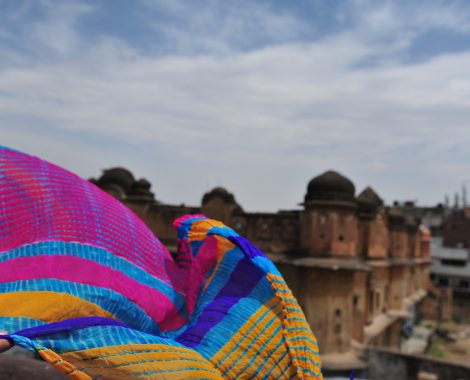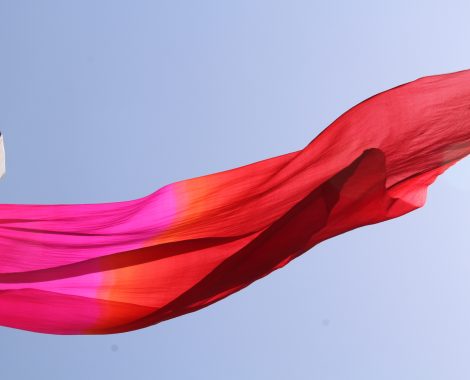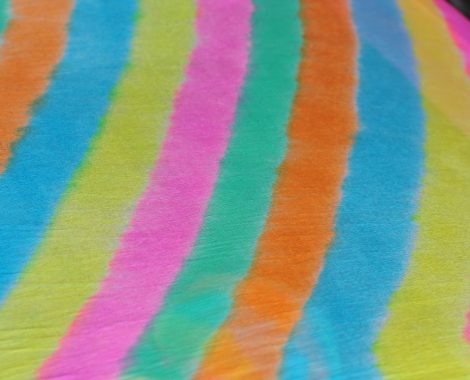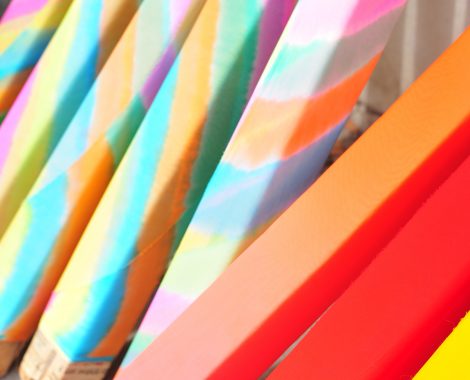Our Craftmanship

Hand Dyeing

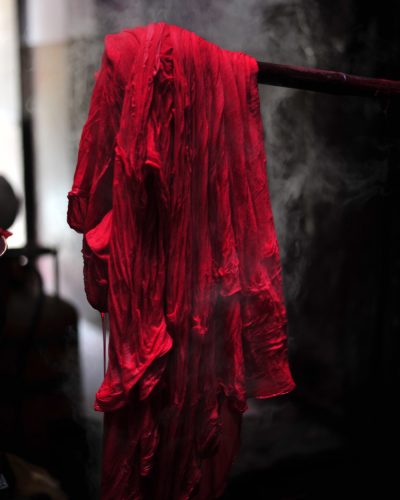

Amidst a quaint and rustic alley of Jaipur’s old Ramganj bazaar, Mohalla Nilgarh is a dreamworld ofcolours. In the business of hand-dyeing since past 250 years, Abdul Rashid’s family has been one of themost iconic dyers in Jaipur for generations now. From 16 shades of red to a single saree in up to sevencolours, the art is more than just about colouring of fabrics.The family has been hand dying Mangalmayee’s sarees and poshaks since the past 3 generations and havecreated some of the most alluring shades and blends for them. Rashid’s father late Abdul Latif was amaster craftsman in restoring the most destroyed and damaged heirloom pieces (with gold and silverembroideries) of the royalties for Mangalmayee and giving them new colour and life.
Aari Work
The aari craftsman with his fine needle, pins the needle through the cloth about 9000 times creating the stitch to complete the design of a single flower along the border of a saree. To complete the border of a saree, it takes about 7 lakh pins by the artisan.
Aari are detailed forms of embroidery traditionally done in threads of gold and silver and have been widely utilized to embellish the attire of royalties since the mughal era.
The Aari work, from being widely utilized during the Mughal era, have travelled down through generations of artisans to the present day. In the earlier times, these crafts were done utilizing threads of real gold and silver along with precious embellishments of gems and diamonds, hence making place as one of the essential adornments on garments worn by the royal families.
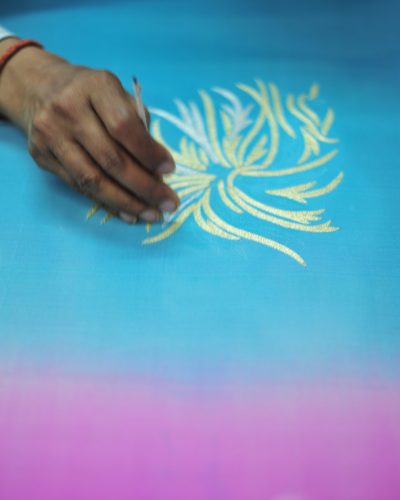
Traditional Gota Patti
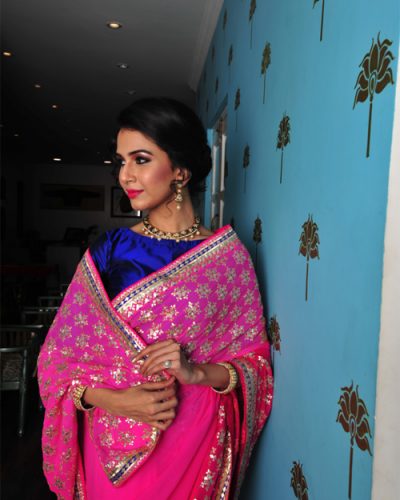
Gota Work (also known as Gota Patti Work, Gota-Kinari work or Lappe ka Kaam) is a type of metal embroidery originated in Rajasthan, India. Elaborate patterns are created using applique technique with metals like gold, silver, copper etc.
It is applied on to the edges of a fabric to create fancy patterns and is popularly used in edging bridal Sarees and Lehengas. In Rajasthan, Gota work is extensively done on Dupattas and Ghagras. Outfits adorned with Gota Work are popularly worn at auspicious functions.
Transfer Work
A few of numerous precious antique pieces that Mangalmayee owns:
Batuas (purse): The oval pieces are small batuas which date back to almost 150 years ago and are a reflection of the fine zardozi work which flourished during the Mughal era. The material used in the embroideries are- salma, tare, dori, khora, patra, which are made of gold plated silver.
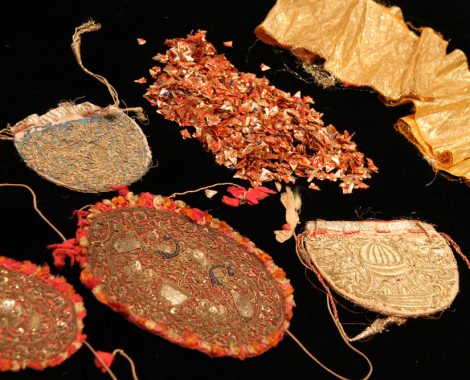
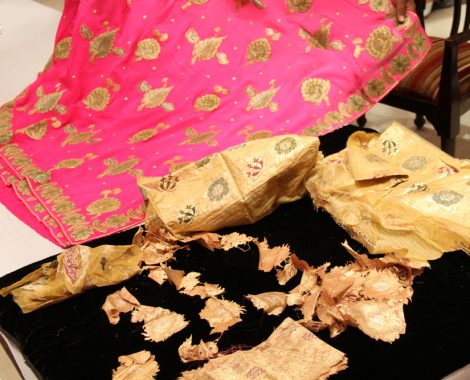
Danka Work
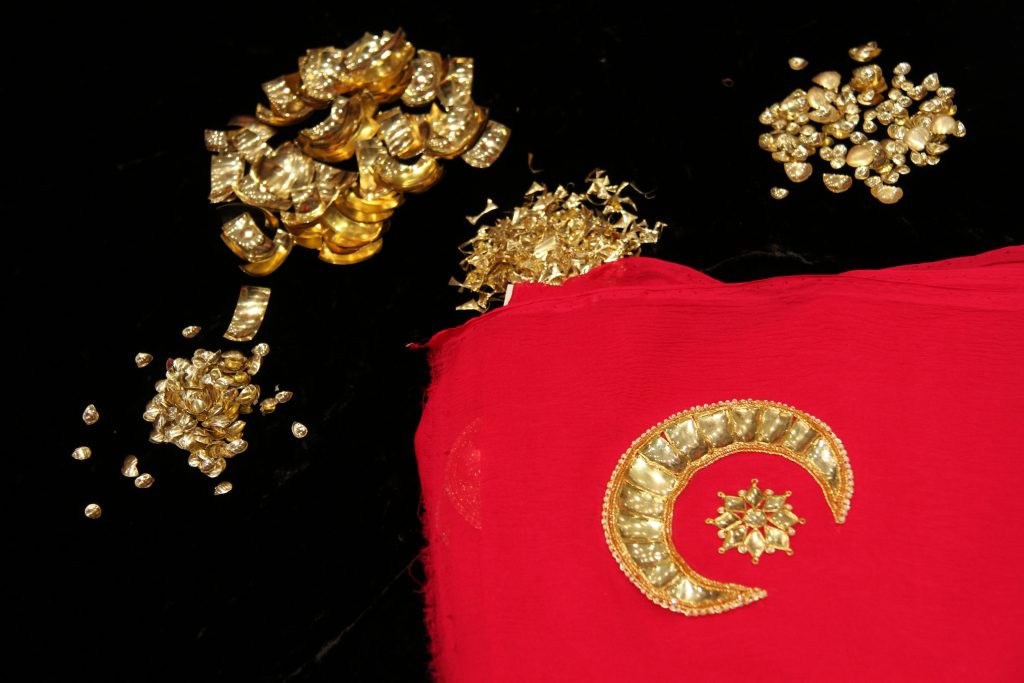
Danka Embroidery is a kind of metal embroidery in Rajasthan that is a decorative feature in Rajasthani fabrics. It’s a 400-year old embroidery craft in Rajasthan.
The ‘danka’ is a small square plate, varied in size, but not bigger than 1.5 cm. Though originally it was made of pure gold, now silver-plated with gold dankas are used.
This method was earlier also known as korpatti-ka-kaam
Leheriya - The Tie Dye
The end of a narrow bylane in Jaipur’s old bazaar opens up into an old haveli, residing a family of leheriya dyers. 91 year old Jumma Ji’s family has been dyeing leheriya for generations now and a traditional multicoloured tie and dye dupatta takes about a week and their family of 14 hands (7 members) to complete.
Leheriya as its name suggests, means waves much similar to its patterns. This tie and dye technique allows the artisan the artistic freedom to express and design, hence making the patterns and choice of colours endless.
